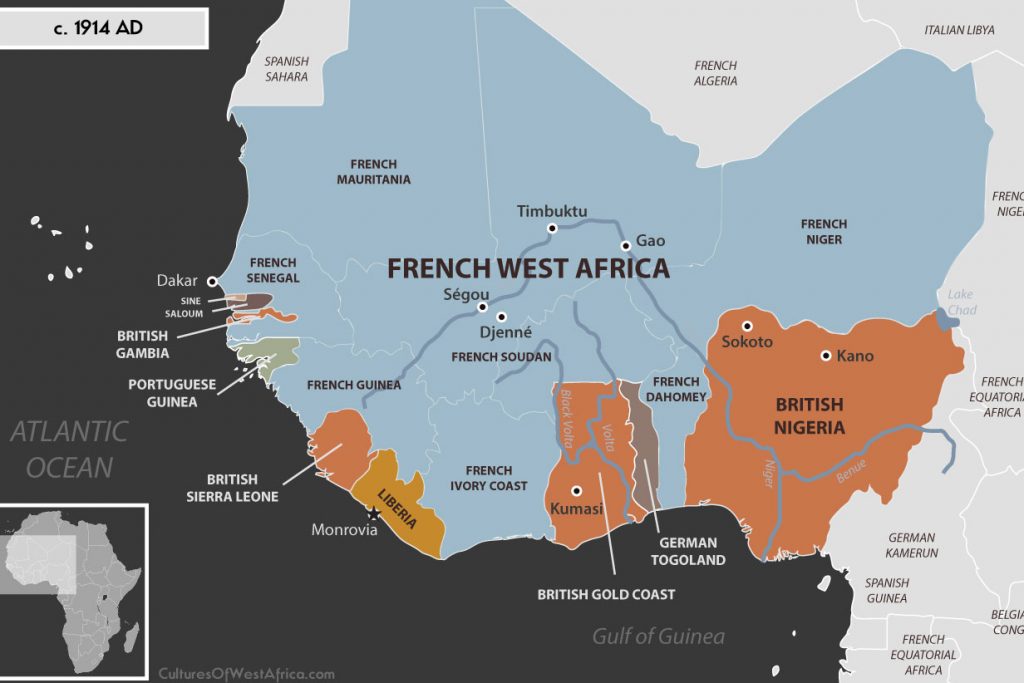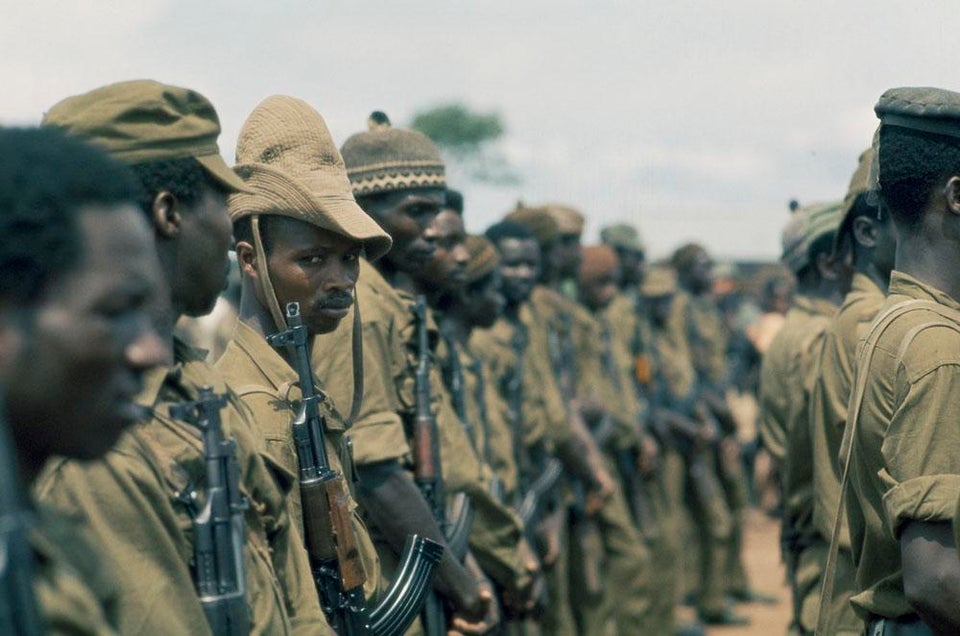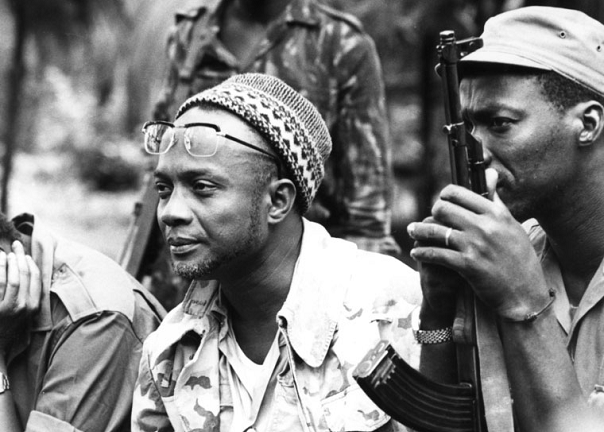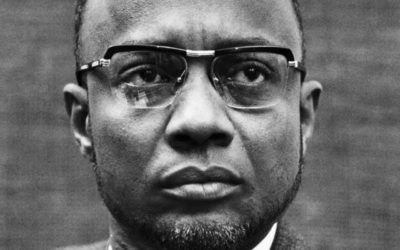Guinea-Bissau History
Before being colonized by the Europeans, almost the entire territory of Guinea-Bissau was part of the Kingdom of Gabu, tributary of the Empire of Mali, of the Mandingas, which had flourished from 1235. Rich and sumptuous state, it extended between the Senegal River Region and Upper Niger. The coast of Guinea-Bissau was discovered by the Portuguese Nuno Tristan in 1446 and, in the following years, began the trade of slaves, gold, ivory and spices. In the 17th century, English, Dutch and French merchants became interested in the slave trade and dominated some territories near Guinea-Bissau, which became a colony of Portugal in 1897.
At the beginning of the 20th century, with the English banning the slave trade in the region, the Portuguese decided to invest in the country’s farm. However, the population resisted and bloodthirsty fighting was fought. In 1936 the last revolt took place and the Guinean population was forced into forced labor and poorly developed infrastructure.
Colonial rule Portuguese progressed in a relatively quiet state, until the emergence of nationalist movements throughout Africa in the 1950s.
.
1914 AD: European Colonization. Source: CulturesofWestAfrica
Fight for independence
In 1956, Amílcar Cabral, Luís Cabral, Aristides Pereira, Fernando Fortes, Elysée Turpin and Júlio Almeida created the African Party for the Independence of Guinea and Cape Verde (PAIGC). In 1963, the party decided to adopt armed struggle. The main reason was the Pidgjiguiti massacre on August 3, 1959, in which workers from the port of Bissau on strike were attacked by the International Police and State Defense (PIDE), which killed about 50 people and injured 100 others. August 3 has been transformed into one of the milestones of the struggle for liberation and is currently one of the most important holidays in the country.
In 1969, the PAIGC already dominated two-thirds of guinea-bissau’s territory, thanks to the help of the USSR and Cuba, confining the Portuguese to coastal cities.
In 1972, Amílcar Cabral established a government in exile in Conakry, but was assassinated in his home in 1973. The PAIGC unilaterally declared the independence of Guinea-Bissau and most UN member countries recognized independence. The following year, a coup in Portugal changed the political situation and all portuguese colonies in Africa quickly received their independence.
PAIGC fighters stand during the transfer of power ceremony from the Portuguese to the PAIGC (Partido Africano para a Independência da Guiné e Cabo Verde), garrison town of Polibaque City, Guinea-Bissau, 1974.
After independence
With the death of Amílcar Cabral, his brother Luís Cabral became the first president of Guinea-Bissau. Portugal also refused to give independence to Cape Verde, but the two countries maintained the PAIGC as a common political party until 1980.
On November 13 of that year, a new constitution was adopted, which reinforced the policy of unity between Guinea-Bissau and Cape Verde, but the next day, a coup d’état led by Prime Minister João Bernardo Vieira (Nino Vieira) overthrew Luís Cabral and suspended the Constitution. The Council of the Revolution was established and the unification project was extinguished. Thus, PAIGC became PAICV.
The following year, Nino was elected president of the Council of State and, until 1984, the country was controlled by a revolutionary council under his leadership. In 1989 legislative and presidential elections were held and Nino was elected, initiating the outline of a reform and political liberation program. In the Constitution, laws were ratified that allowed the formation of other political parties, freedom of the press, independent unions and the right to strike.
Although the president has been accused of eliminating political opponents and dissenters, he has also promoted health reforms and measures to increase agricultural production and economic diversification. However, Guinea-Bissau remained with poor economic indicators and dependent on foreign aid.
In 1991, the PAIGC ceased to be the only party in the country. Ten opposition parties were registered before the elections, which were eventually held in 1994 (after three coup attempts). Nino was elected again, but the result was contested.
Despite seeing an economic improvement in 1995 and 1996, Guinea-Bissau faced a crisis in 1997, with civil servants on strike. In June 1998, an armed forces revolt broke out and a military junta was installed, headed by Ansumane Mané. The battles were so violent that the population tried to flee the country or sought shelter in rural areas and islands. In May 1999, the junta overcame the conflict, Nino was exiled to Portugal and Malam Bacai Sanhá took over as temporary president.
Related articles
History of Guinea-Bissau
Before being colonized by the Europeans, almost the entire territory of Guinea-Bissau was part of the Kingdom of Gabu, tributary of the Empire of Mali, of the Mandingas, which had flourished from 1235. Rich and sumptuous state, it extended between the Senegal River Region and Upper Niger.




